Estimated reading time 11 minutes, 4 seconds.
After a shaky start to Boeing’s 787 Dreamliner program, the planes have turned out to be key contributors to Air Canada’s return to financial stability.
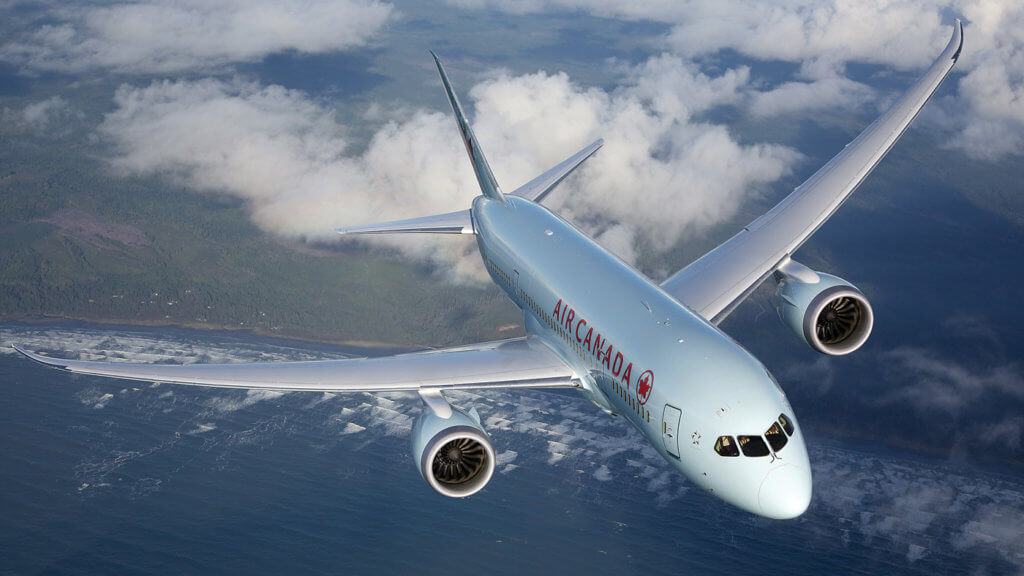
The country’s largest airline, which emerged from bankruptcy protection in 2004, first ordered 787s in 2005 and waited until 2014 to receive its first Dreamliner. With the list price exceeding $200 million for a Dreamliner, each plane represents a large capital investment for Air Canada.
Ben Smith, Air Canada’s president of passenger airlines, noted the twin-engine 787-9 model has 298 seats in three cabins, including 247 in economy, 21 in premium economy and 30 in international business class.
Air Canada said it has found the three-cabin design to be financially rewarding because of consumer price points that appeal to a range of business and leisure travellers.
“This plane has been a dream. Customers, employees and our finance people love it. It’s rare to have that combination all together,” said Smith in an interview as he stood in the aisle in international business class, surrounded by individual pods.
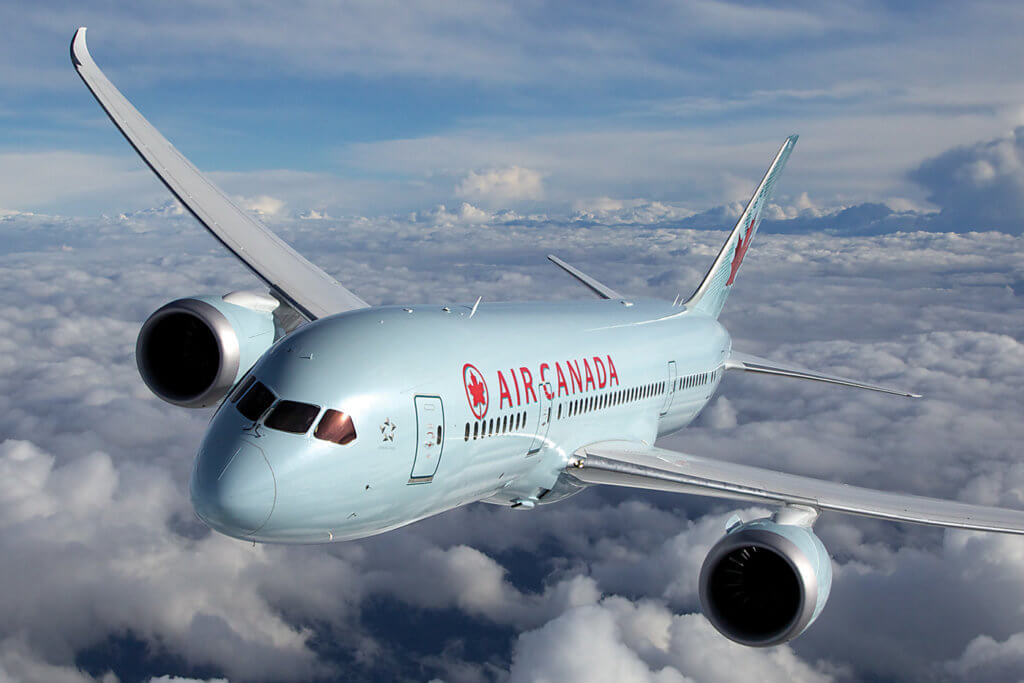
“Every single seat here has access to the aisle,” he said, referring to a configuration that is a vast improvement over older designs in other planes where a business class passenger next to the window has to climb over a fellow passenger to get to the aisle.
Smith said Air Canada has the highest 787 utilization of any airline in the world, aided by the pit crew concept. Air Canada uses five to eight employees to prepare for each arriving 787 or 777.
“We have the highest dispatch reliability, so the way that we’re maintaining our planes allows us to have the highest level of performance,” he said.
The 787’s avionics are similar to the 777s, meaning that it is an easy transition for pilots already trained on the 777 to convert to the 787 if they so choose as opportunities arise.
Smith acknowledged that it has been a sometimes rocky journey for the 787. “This was a very new design, so there were a lot of challenges and hurdles to overcome to get it to where it is. Normally, with new technology, there are things you have to work out,” he said. “Safety is obviously No. 1. The airplane had a lengthy delay in the actual launch, but now we’re really happy with it.”
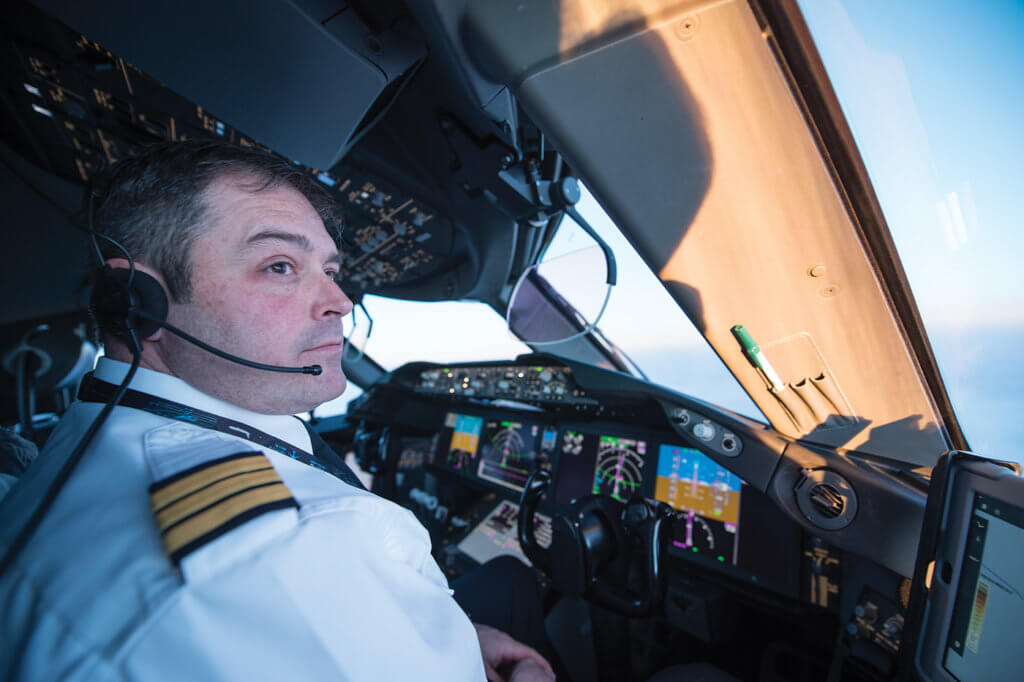
Boeing’s launch customer in 2011 was All Nippon Airways. Since then, the Dreamliner program has overcome its share of problems, notably from Boeing resolving lithium-ion battery overheating issues that had resulted in fires in early 2013. After grounding the Dreamliner for three months that year, the U.S. Federal Aviation Administration declared it safe to fly.
Air Canada has ordered 37 Dreamliners, of which 21 had been delivered as of late 2016. Another nine planes are slated to arrive in 2017, bringing the total to 30. The remaining seven are set to be delivered by the end of 2019.
All eight Boeing 787-8s that were ordered by Air Canada are already in service, while 13 of the 29 larger 787-9 versions are now flying. Canada’s largest airline took delivery of its first 787-8 in May 2014, while the carrier’s first 787-9 arrived in July 2015.
“We have 13 options, so the total could be boosted all the way to 50,” said Smith.
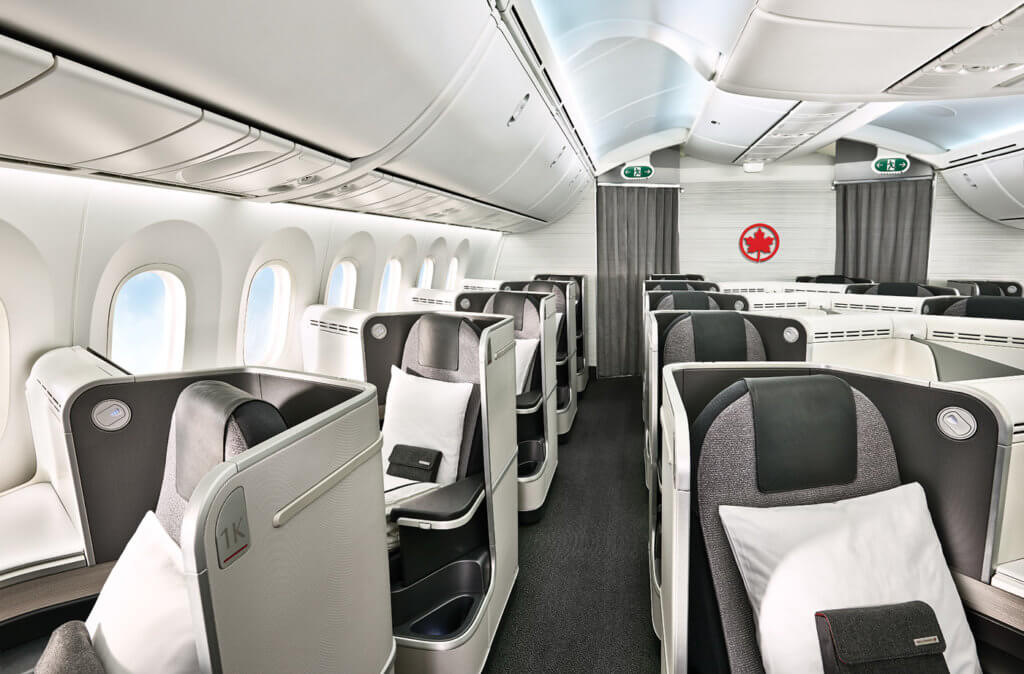
As Air Canada edges closer to completing its firm order of 37 Dreamliners in 2019, it will also be gearing up to take narrow-body deliveries of Boeing 737 MAX jets in 2018 and the Bombardier C Series in late 2019.
To facilitate line maintenance in Toronto, Air Canada broke ground in September 2016 on its $90-million Hangar 5 project. The new 127,000-square-foot facility will have a 77-foot ceiling and the capacity to handle three wide-body and two narrow-body aircraft simultaneously. The structure will be optimized for the Dreamliner fleet.
Leveraging the 787 platform
In some cases, the 787 has allowed Air Canada to introduce new routes and in other instances, the new jet has replaced the aging 767s on existing routes.
“Air Canada will have one of the most fuel-efficient and youngest fleets in North America,” said RBC Dominion Securities Inc. analyst Walter Spracklin.
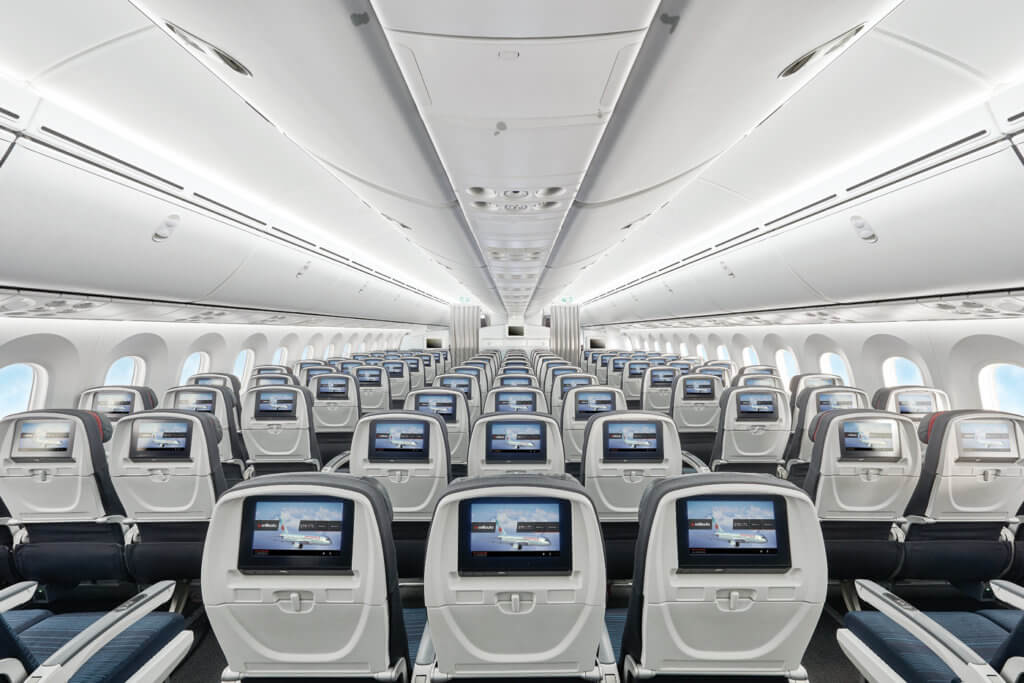
The Dreamliners are 20 per cent more fuel efficient than the 767s, which are being transferred to Air Canada’s Rouge arm. Rouge had 19 Boeing 767s in its fleet near the end of 2016.
The 251-seat 787-8 has a range of roughly 14,500 kilometres, while the 298-seat 787-9 has a range of about 15,370 kilometres. Both models ordered by Air Canada have General Electric engines.
In the flight deck, Capt Ken Smith spoke to Skies while he sat in the captain’s seat, before he piloted the inaugural Vancouver-Delhi flight in October 2016.
“I’ve been at Air Canada for 38 years. I waited for this aircraft and I’m glad that I did. There were delays in the deliveries,” said the 61-year-old pilot. “This is what I wanted to do at the end of my career. I am thrilled. This aircraft has technology, speed and distance.”
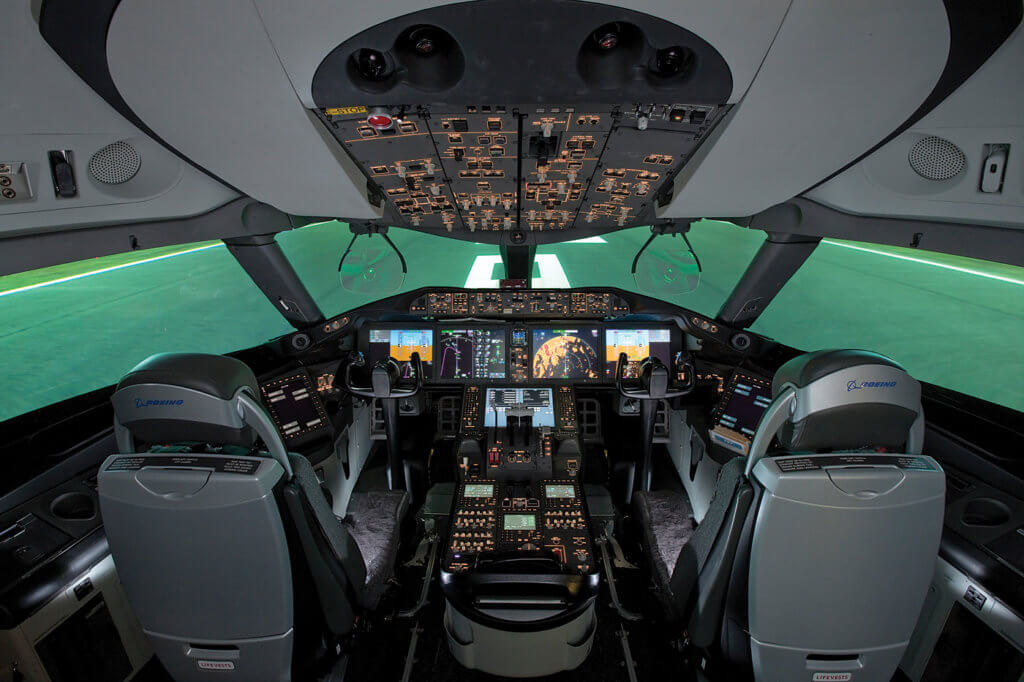
The veteran pilot, who formerly flew the Boeing 767, said he is impressed with the fuel-efficient Dreamliner, which cruises at 13,106 metres. “We get to fly higher, above most of the weather that other airplanes have to deal with.”
Air Canada stopped flying the Toronto-Delhi non-stop route in 2005. The airline found economic limitations with the 284-seat Airbus A340 due to that plane being less fuel-efficient with four engines, said Capt Perry Shindruk, who served as the check pilot on the inaugural Vancouver-Delhi flight in 2016.
And the 211-seat Boeing 767 didn’t have the longer range required on many international routes and was also deemed too small. That lower number of seats poses problems when airlines are seeking extra revenue, especially from selling seats at the front of the cabin.
Air Canada reinstated non-stop service between Toronto and Delhi in November 2015, utilizing the 787-9.
Air Canada flight attendant Bavleen Saini said passengers are comfortable aboard the 787. In part, that is due to an air circulation system called gaseous filtration that is designed to help passengers feel less jet lagged.
“One of my favourite things is the interior lighting,” she added. “To wake up to a sky blue, we’re able to do that on this aircraft.”
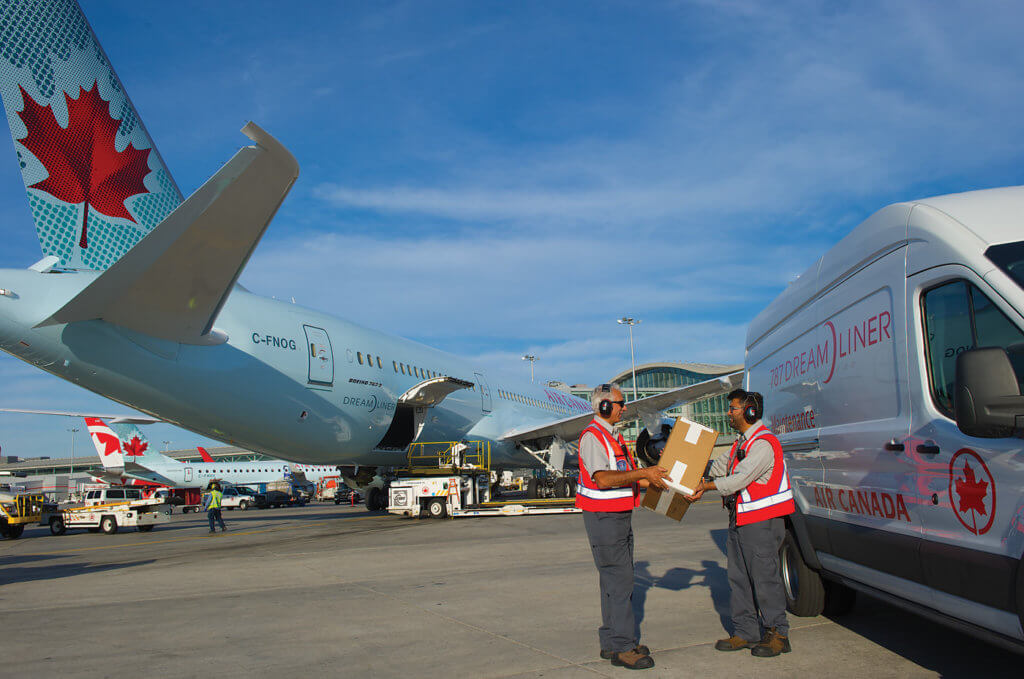
The 787 windows, which are 30 per cent larger than on comparable jets, have electrochromatic instead of manual shades.
“We have individual dimmable windows instead of shades. There is a lot more space in the overhead bins, and there is ease of opening and closing them,” said Saini.
Rajiv Chander, the Consul General of India based in Vancouver, said he is pleased to see the 787 fly non-stop between Vancouver and Delhi, starting with seasonal service.
“The flight takes between 14 and 15 hours. You could go through Tokyo, Hong Kong or Frankfurt, but the total travel time would be at 20 or even 24 hours,” said Chander. “Now, you get more rest and you’re not spending as much time in transit.”
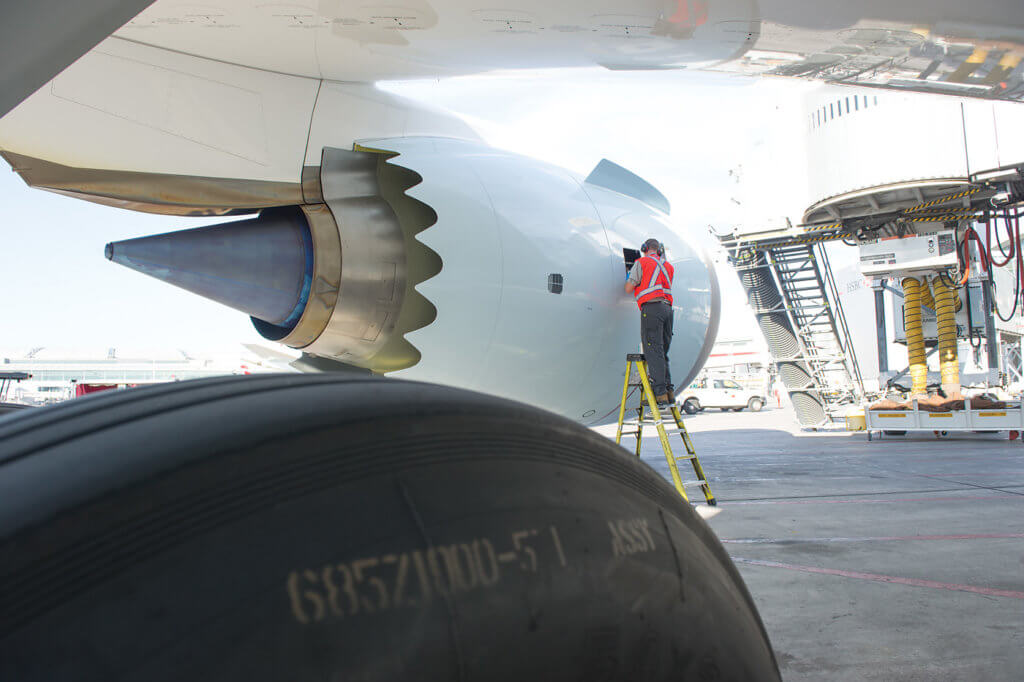
The B.C. government welcomed the opening of the new Vancouver-Delhi route during the launch ceremony in October at Vancouver International Airport, also referred to locally by its airport code, YVR.
B.C. Finance Minister Mike de Jong thanked Kevin Howlett, Air Canada’s senior vice-president of regional markets and government relations, for helping make the 787 non-stop route possible.
“You have been on behalf of Air Canada forthright, candid but also passionate about recognizing the potential of this route,” said de Jong during the ceremony with Howlett, YVR president Craig Richmond and other dignitaries.
“You’re flying on one of the most advanced aircraft on the planet–the 787-9, the Dreamliner,” said Richmond. “We’re big proponents of technology and I’m sure that Air Canada will agree that the Dreamliner is really something else. It is opening up routes like this that just were not possible a few years ago.”
Connecting passengers are another reason that aviation officials are optimistic about the wide-body 787. Where it might have been difficult to make a route work in the past due to limited regional traffic, attracting passengers from outside Canada to connect through major hubs such as Vancouver and Toronto has provided an extra lift for Air Canada.
Building connecting traffic is being aided by “levering the 787 platform,” said AltaCorp Capital Inc. analyst Chris Murray.
Ben Smith said Air Canada has been making major commitments with the 787 on routes such as Vancouver-Delhi, which is beginning with service three times a week with a view to eventually go daily.
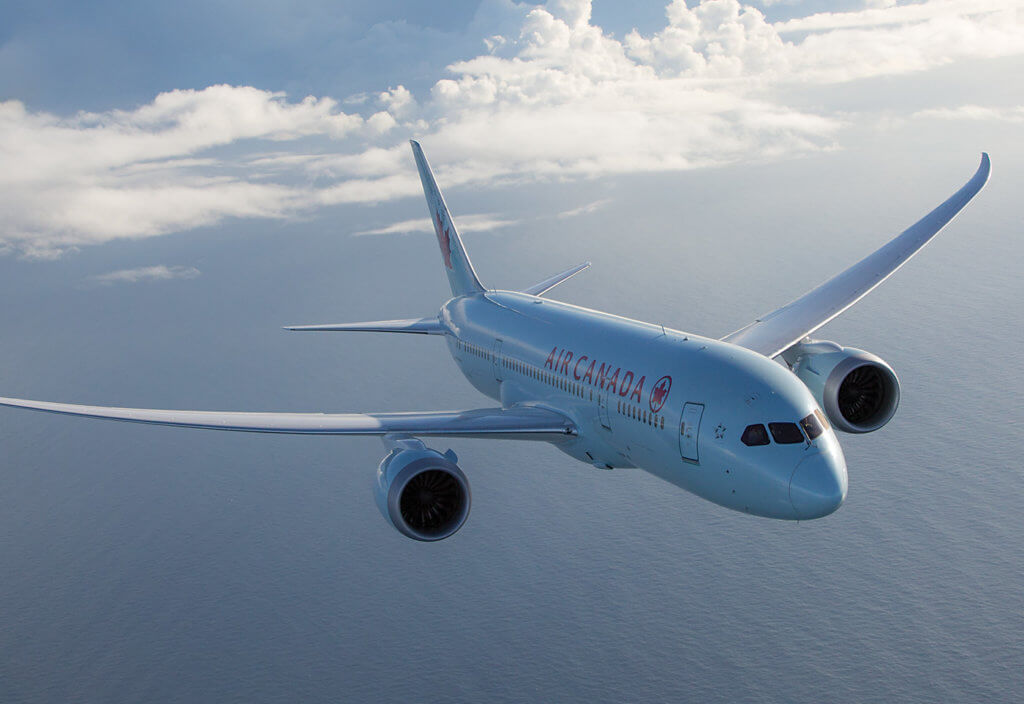
“This is not an easy route to start. Those of you involved in the planning stages know that we were waiting for the right aircraft to become available. The 787 is what’s making this possible. This is the most technologically advanced, long-haul carrier available,” he said during the route launch ceremony.
Other destinations served by the Dreamliner from YVR include Brisbane, Seoul and Tokyo’s Narita Airport. From Toronto, the 787 flies to places such as Frankfurt, Seoul, Paris and Tel Aviv.
Air Canada officials say the airline’s training for pilots, mechanics and flight attendants has been getting more advanced over the years.
Howlett touted efficiencies on the maintenance side. “There are minimum turn times on the ground from the maintenance support point of view. You’ve got commonality with the 787 and the 777,” he said in an interview during a tour of the Dreamliner.
Consumer demand will dictate whether routes such as the one between YVR and Delhi remain economically viable, he concluded.
Brent Jang, a business reporter at The Globe and Mail, is the winner of two National Newspaper Awards and has been a National Magazine Award nominee. He boarded test flights for the Airbus A380 in 2007 and Boeing 787 Dreamliner in 2012.
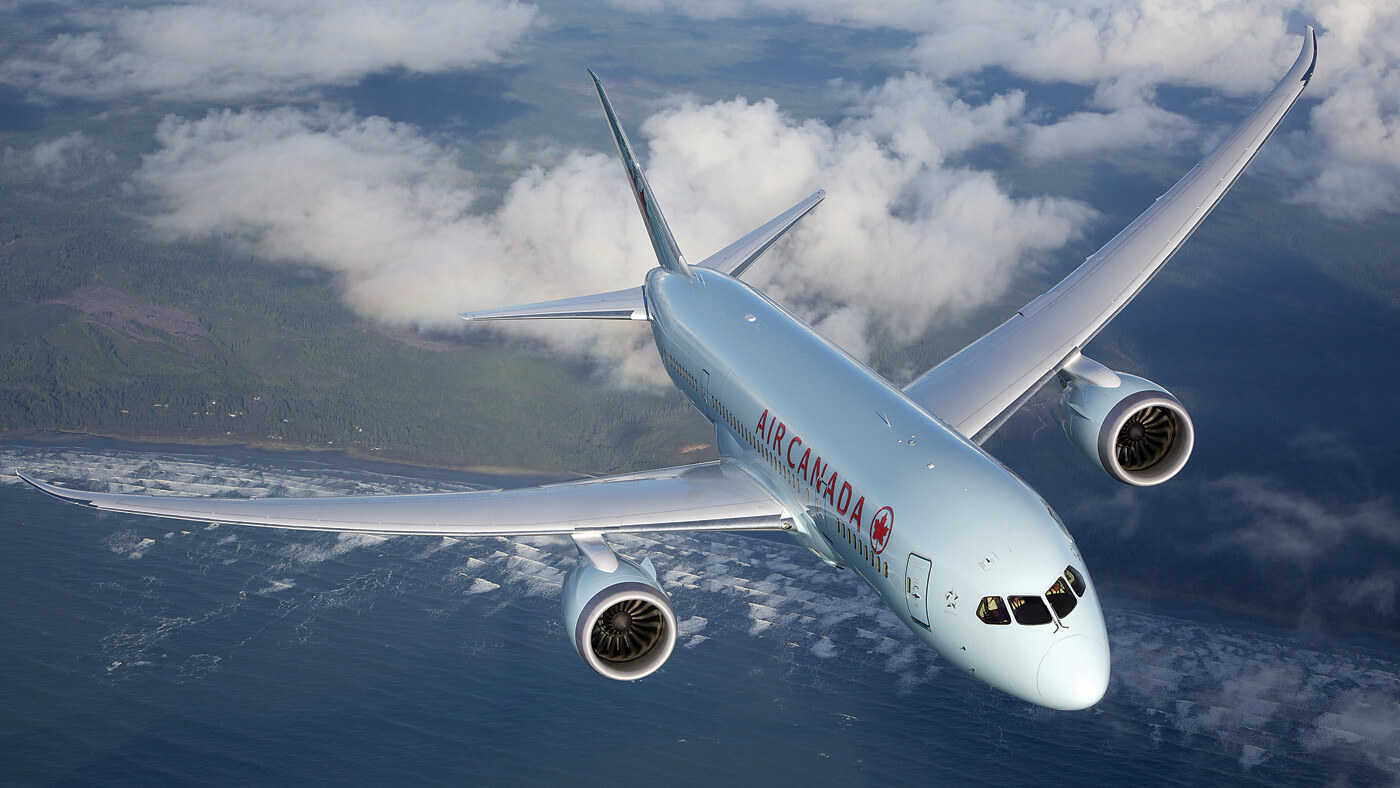

Well it’s very kind of Air Canada to publicly state what I think of the B787 as a passenger. However whilst the bean counters may think it’s a great aircraft, I cannot agree. Having flown on the aircraft on 6 occasions I now deliberately avoid the type. I had hoped that my experiences would improve or my opinion change, however I find the economy cabin to be consistently very cramped and uncomfortable. Pretty lights, low cabin altitude and fancy electronic window blinds don’t make up for the lack of basic comfort and personal space.
Number one on my travel wish list is the A380, which has never failed to impress me.
Nice aircraft – I flew as a passenger on one the first 787’s in 2011 to Africa. Great passenger experience.
I have a question,… if the 767 is so much more expensive to fly than the 787 (20%?) then why send 767’s to Rouge which is a lower revenue carrier? Doesn’t that kill the profit margin?
I just read this article in the magazine. I felt I had to comment because as a passenger (even with my 5’7″ frame) the seating layout in economy is ridiculous. Boeing designed the 787 to have 2-4-2 config yet greedy airlines insisted on the cramped 3-3-3 layout, Air Canada being no exception. The result is a stupidly narrow seat that is less comfortable than the 767 it replaces. They hope you don’t notice by distracting you with the fancy window shades and seat back screens. There have been lots of complaints I have heard about the seat layout. I can say that I now actively avoid the 787 on the YYZ-LHR route and stick to service provided by the 777 which at least has a little more width in its 3-3-3 layout.
I’m sure the bean counters and crew love it. I don’t believe for one minute that the passengers do, at least not in cattle class anyway.